Electromagnetic Waves Worksheet
Are you a student or teacher seeking a comprehensive resource to enhance your understanding of electromagnetic waves? Look no further! We have curated a meticulously designed electromagnetic waves worksheet that delves into the intricacies of this fascinating subject.
Table of Images 👆
- Electromagnetic Spectrum Worksheet Answer Key
- Electromagnetic Spectrum Worksheet Answers
- Science 8 Electromagnetic Spectrum Worksheet
- Electromagnetic Spectrum Worksheet
- Electromagnetic Waves Worksheet Answers
- Speed Wavelength Frequency Energy Worksheet Answers
- Electromagnetic Radiation Spectrum Chart
- Wavestown Answer Key Worksheet
- 6th Grade Science Worksheets with Answer Key
More Other Worksheets
Kindergarten Worksheet My RoomSpanish Verb Worksheets
Cooking Vocabulary Worksheet
DNA Code Worksheet
Meiosis Worksheet Answer Key
Art Handouts and Worksheets
7 Elements of Art Worksheets
All Amendment Worksheet
Symmetry Art Worksheets
Daily Meal Planning Worksheet
What are electromagnetic waves?
Electromagnetic waves are a form of energy that propagate through space in the form of oscillating electric and magnetic fields. These waves can vary in frequency and wavelength, ranging from radio waves to gamma rays, and travel at the speed of light. They are responsible for various phenomena such as light, radio and microwaves, and are fundamental to technologies like wireless communication and X-ray imaging.
What is the speed of electromagnetic waves in a vacuum?
The speed of electromagnetic waves in a vacuum is approximately 299,792,458 meters per second, which is denoted by the symbol "c" and is a fundamental constant in physics.
How are electromagnetic waves produced?
Electromagnetic waves are produced when electrically charged particles accelerate. As these particles move, they create changing electric and magnetic fields that propagate through space as a wave. This process involves oscillating electric and magnetic fields that are perpendicular to each other and to the direction of propagation, resulting in the formation of electromagnetic waves.
What is the difference between a transverse and longitudinal wave?
The main difference between a transverse and longitudinal wave lies in the direction in which the particles of the medium vibrate. In a transverse wave, the particles of the medium vibrate perpendicular to the direction of the wave propagation, creating crests and troughs. In contrast, in a longitudinal wave, the particles vibrate parallel to the direction of the wave propagation, creating compressions and rarefactions. These different vibration patterns result in distinct wave behaviors and properties.
What is the electromagnetic spectrum?
The electromagnetic spectrum is the range of all types of electromagnetic radiation, including radio waves, microwaves, infrared, visible light, ultraviolet, X-rays, and gamma rays. These types of radiation differ in wavelength and frequency, with longer wavelengths and lower frequencies at one end of the spectrum and shorter wavelengths and higher frequencies at the other end. Each type of radiation has distinct properties and interactions with matter, making them useful for various applications in science, technology, and everyday life.
How do the different wavelengths of electromagnetic waves relate to their energy and frequency?
The different wavelengths of electromagnetic waves are inversely related to their energy and directly related to their frequency. This means that as the wavelength of an electromagnetic wave decreases, its energy and frequency increase. This relationship is described by the equation E=hf, where E is the energy of the wave, h is Planck's constant, and f is the frequency of the wave. So, shorter wavelengths have higher energy and frequency, while longer wavelengths have lower energy and frequency.
What are some applications of radio waves?
Some applications of radio waves include broadcasting radio and television signals, wireless communication in cell phones and Wi-Fi networks, radar systems for air traffic control and weather forecasting, remote control devices like garage door openers and car key fobs, medical imaging equipment such as MRI machines, and radio frequency identification (RFID) technology for tracking products in supply chains.
How are microwaves used in technology?
Microwaves are commonly used in technology for communication purposes, such as in wireless transmission of information, radar systems for navigation and weather monitoring, and satellite communication. They are also utilized in microwave ovens for cooking food by heating water molecules within the food. Moreover, microwaves are used in medical imaging techniques like MRI and in industrial applications such as drying materials and processing plastics.
What is the main source of ultraviolet rays on Earth?
The main source of ultraviolet rays on Earth is the Sun.
How are X-rays and gamma rays different from other types of electromagnetic waves?
X-rays and gamma rays are different from other types of electromagnetic waves in terms of their energy levels and origins. X-rays have lower energy than gamma rays and are produced through processes like bremsstrahlung radiation and characteristic radiation. On the other hand, gamma rays have the highest energy level among electromagnetic waves and are emitted from the decay of atomic nuclei or during nuclear reactions. These differences determine the applications and effects of X-rays and gamma rays in various scientific, medical, and industrial fields.
Have something to share?
Who is Worksheeto?
At Worksheeto, we are committed to delivering an extensive and varied portfolio of superior quality worksheets, designed to address the educational demands of students, educators, and parents.

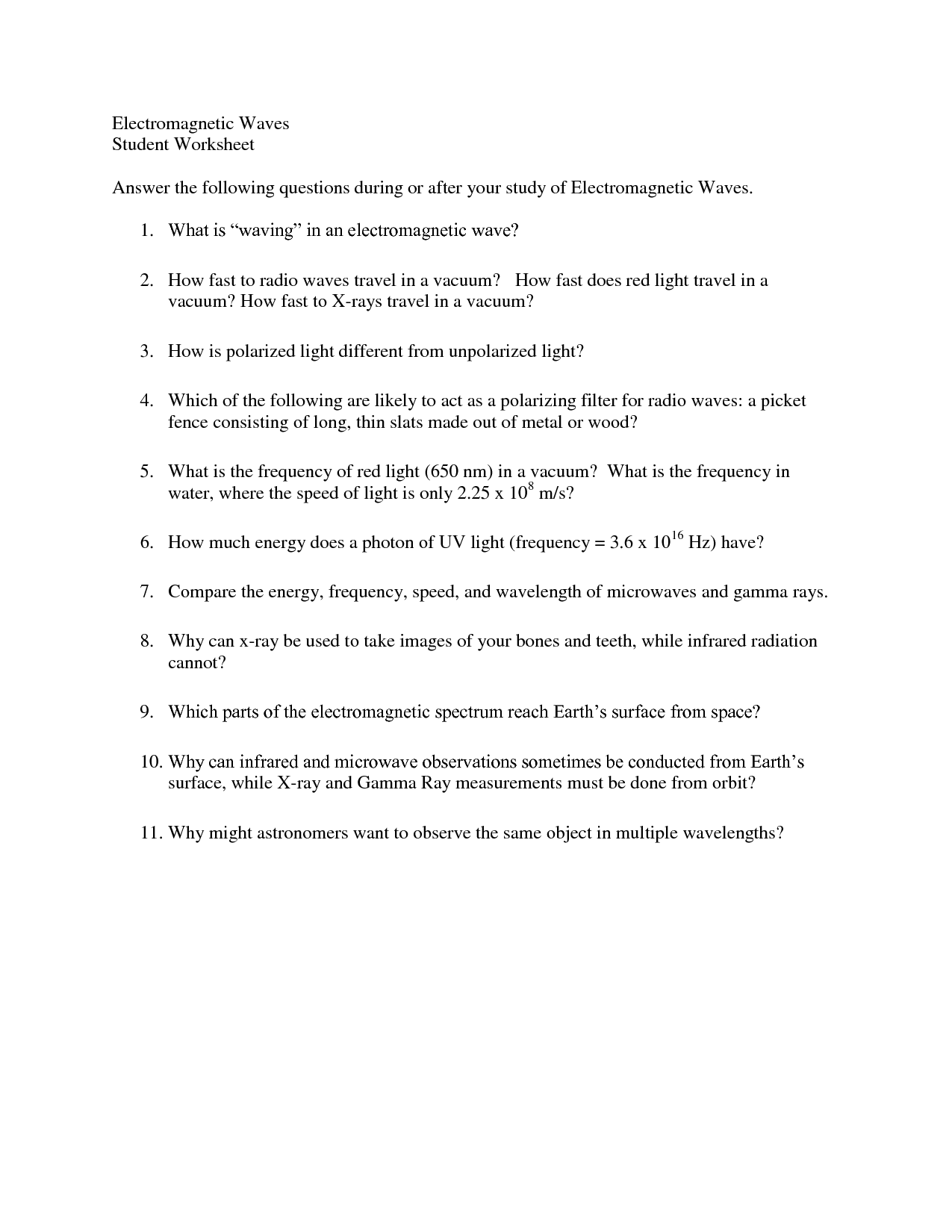



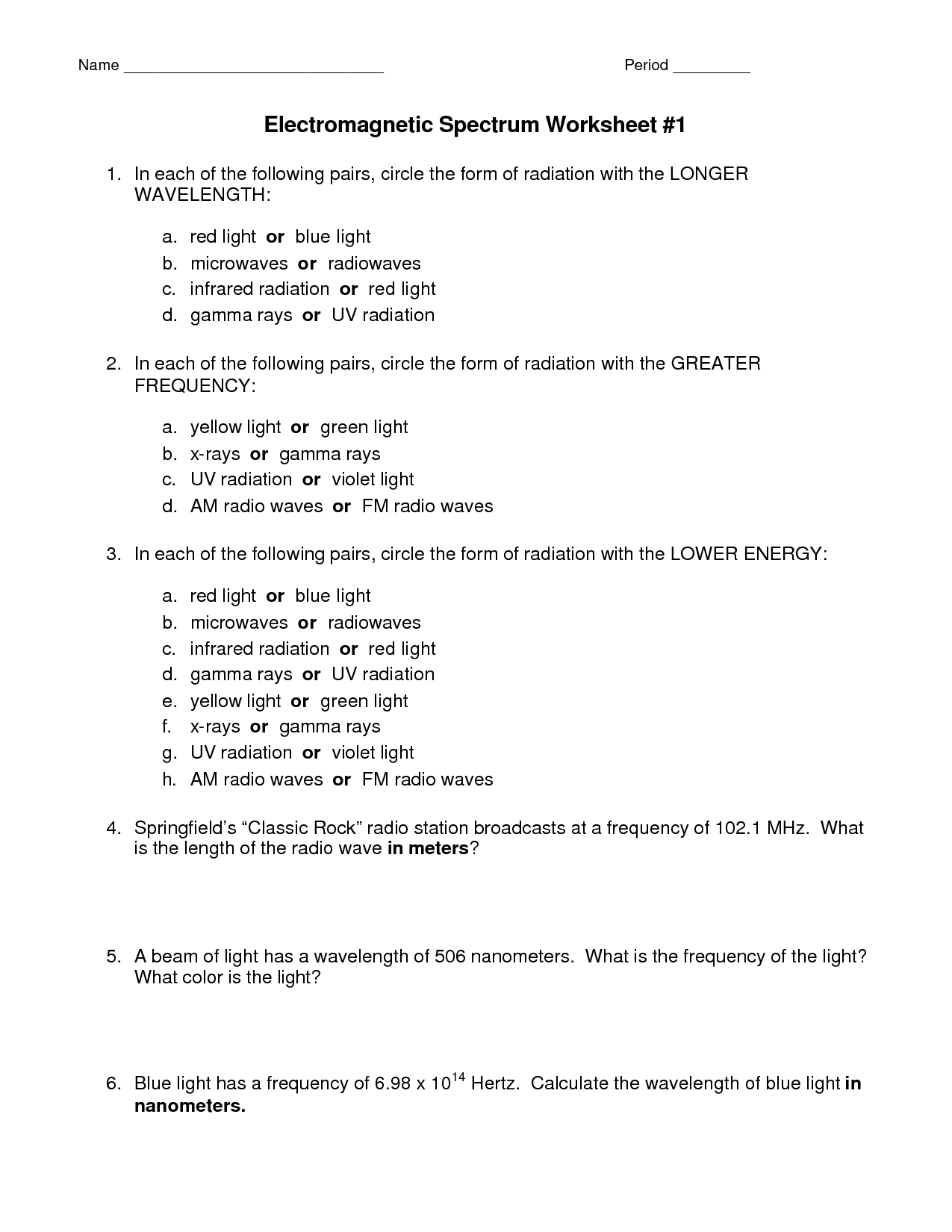


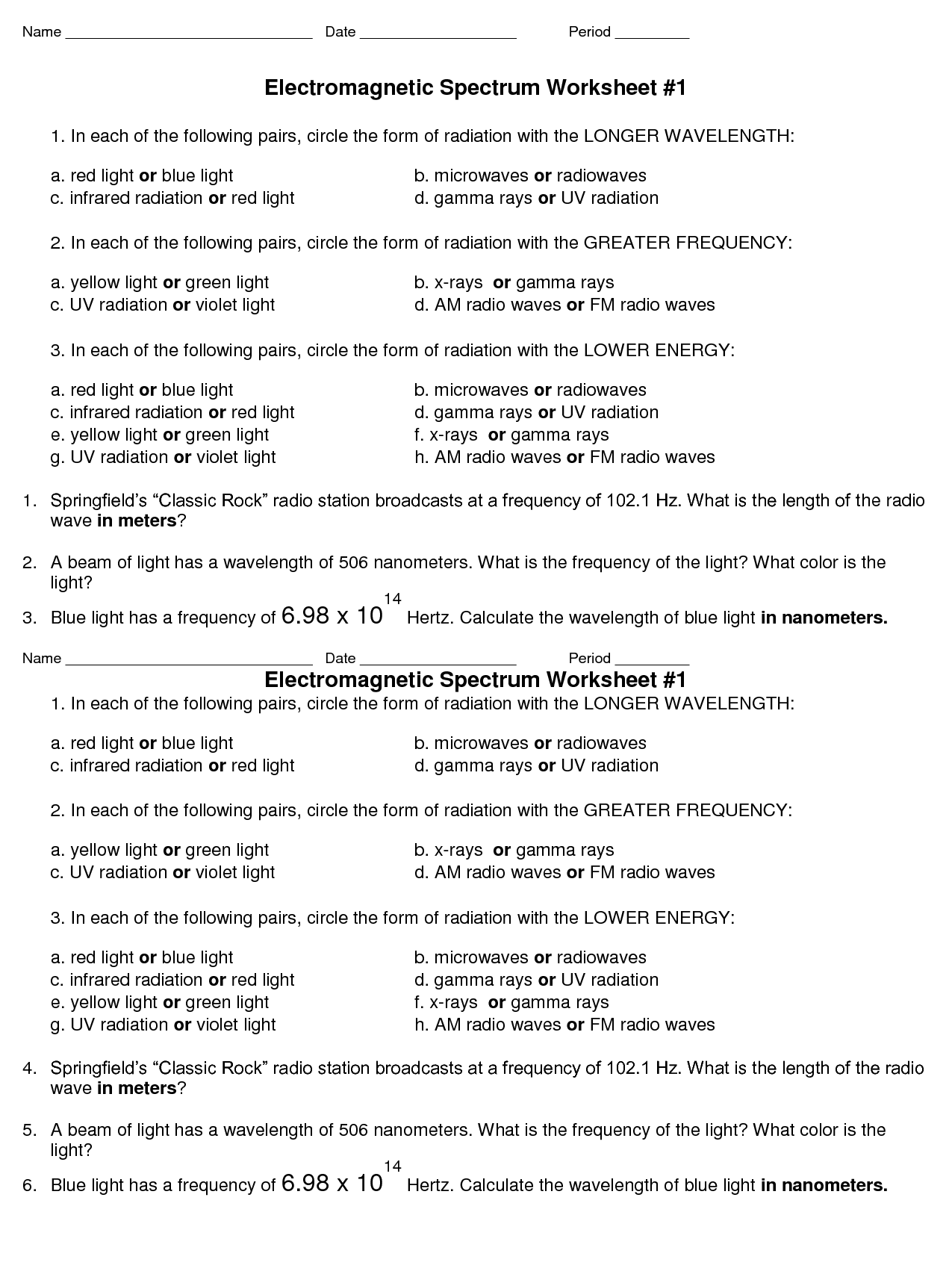
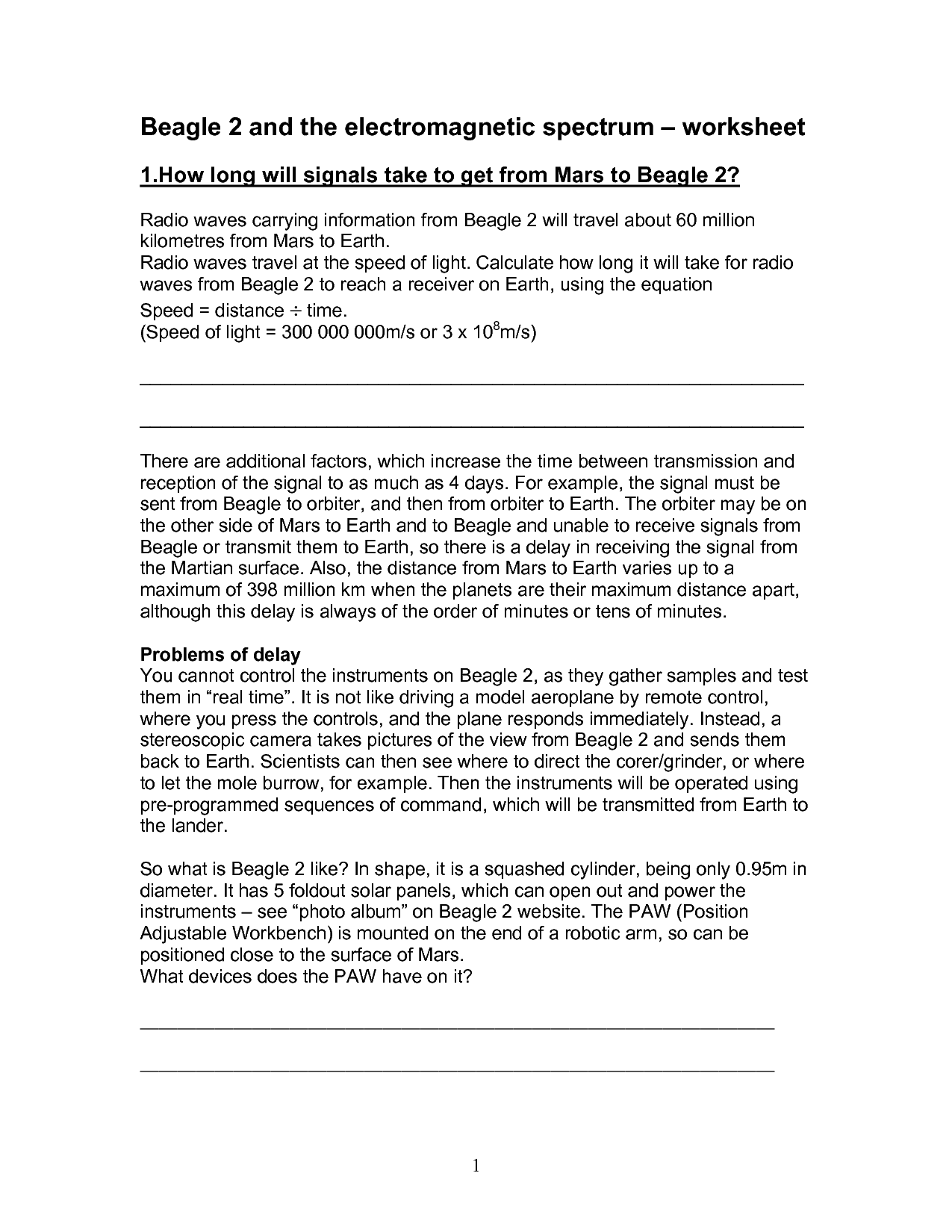
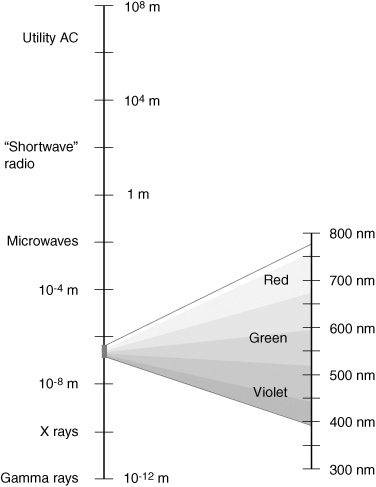
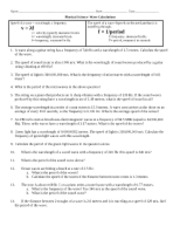
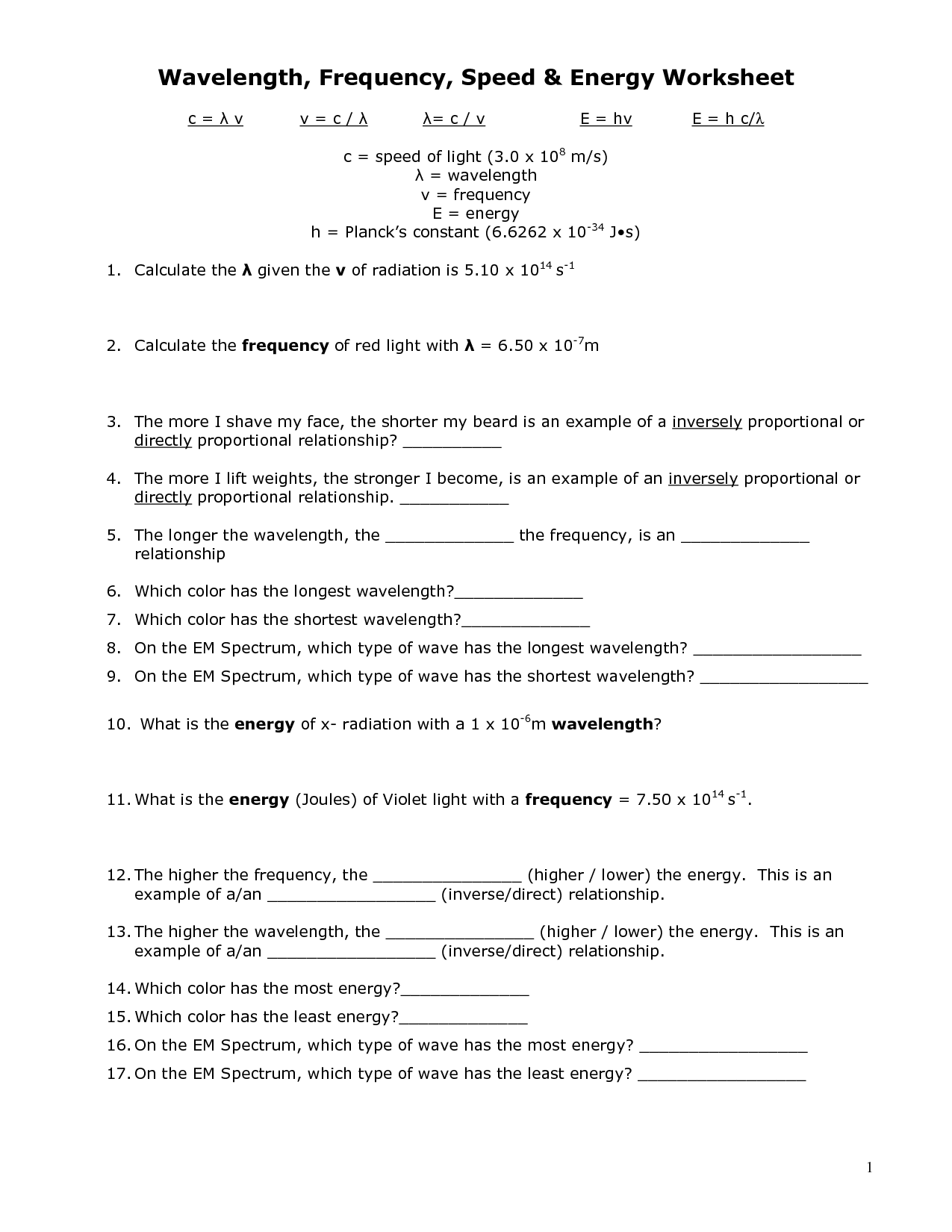
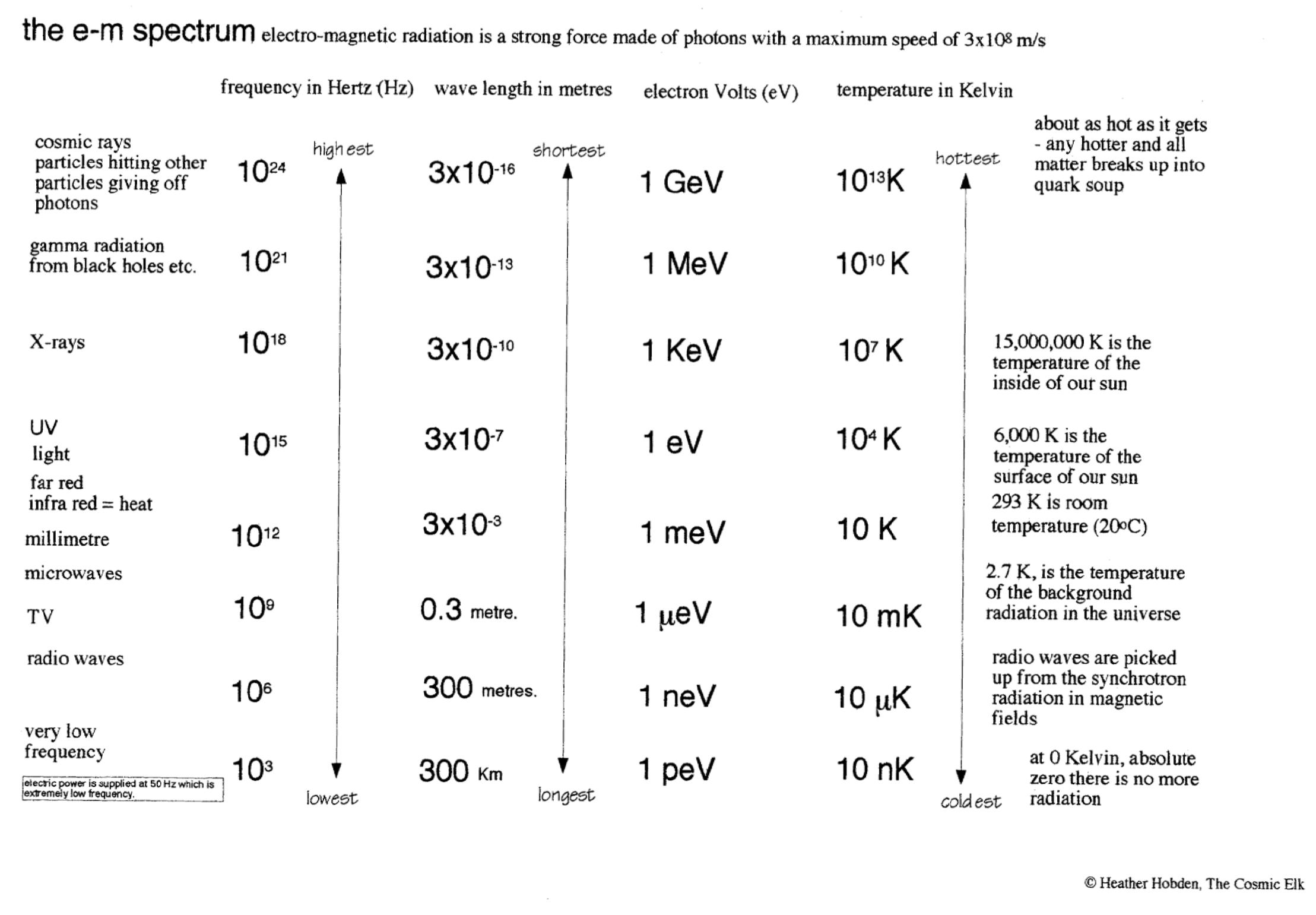
















Comments